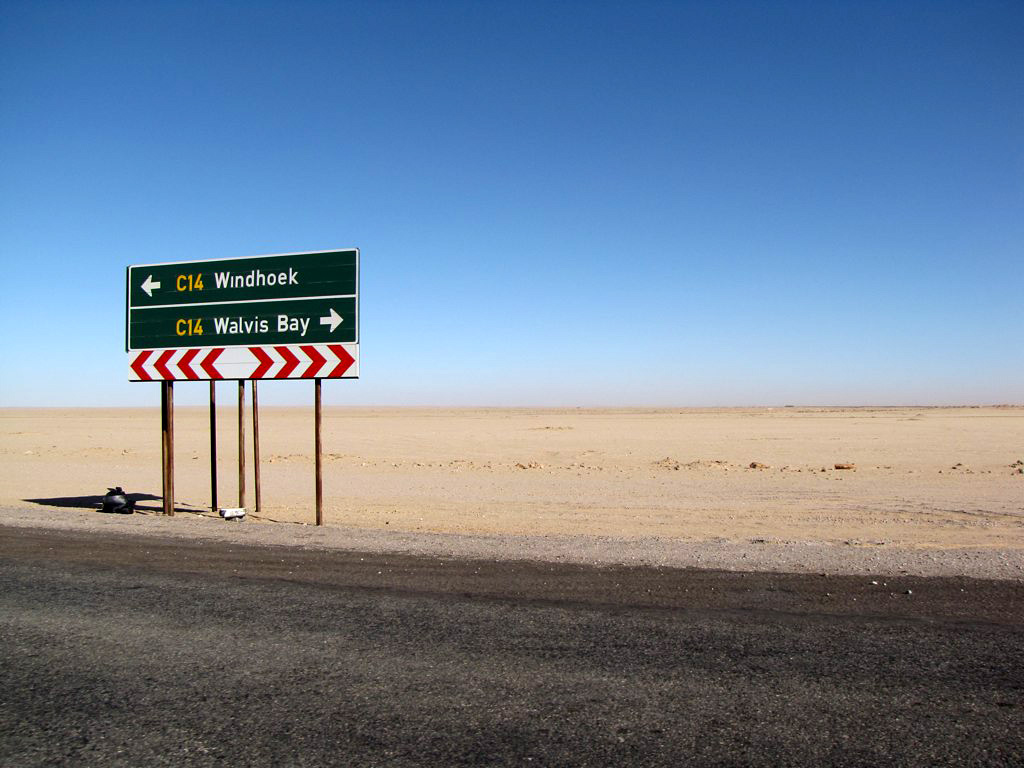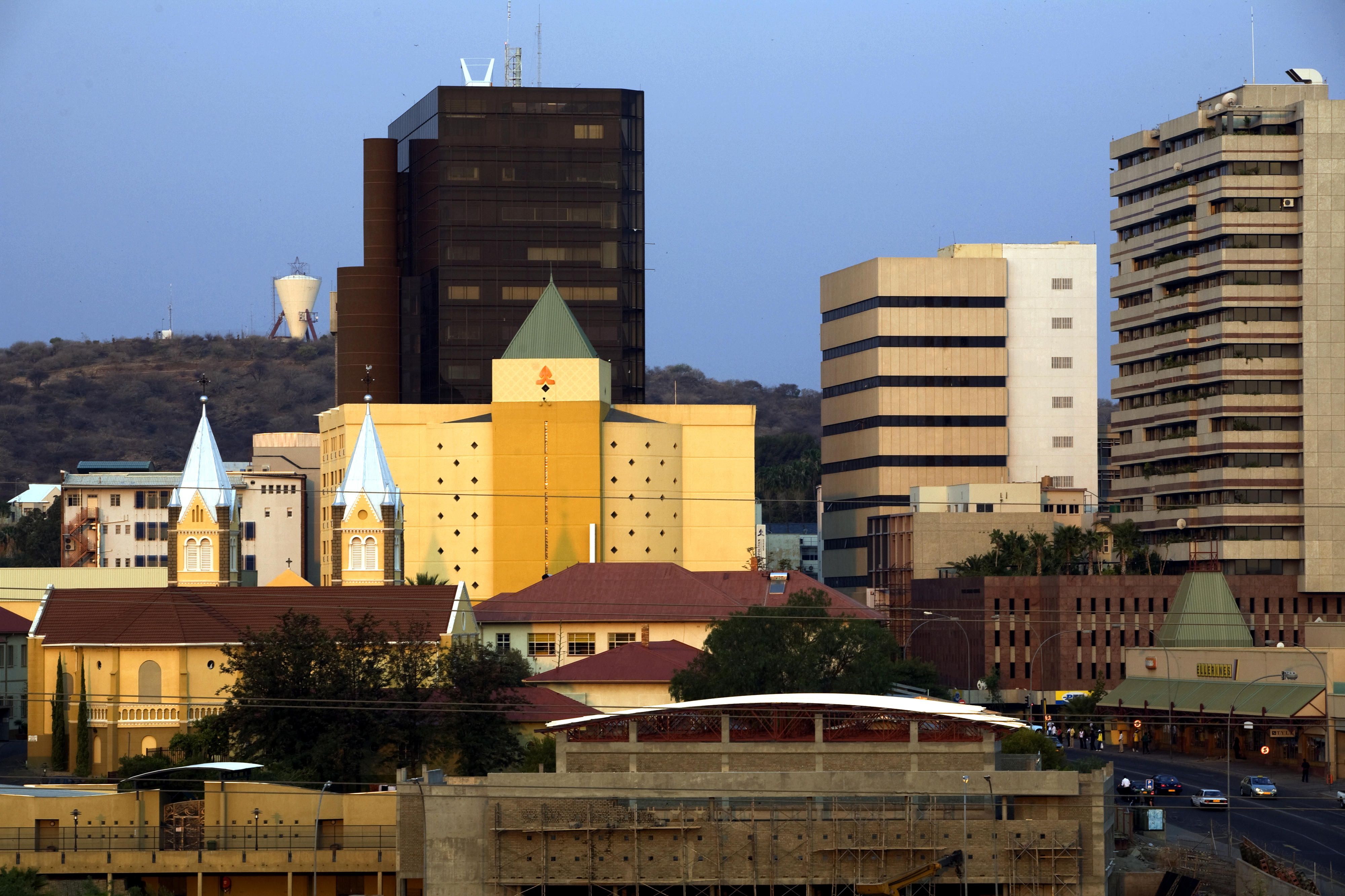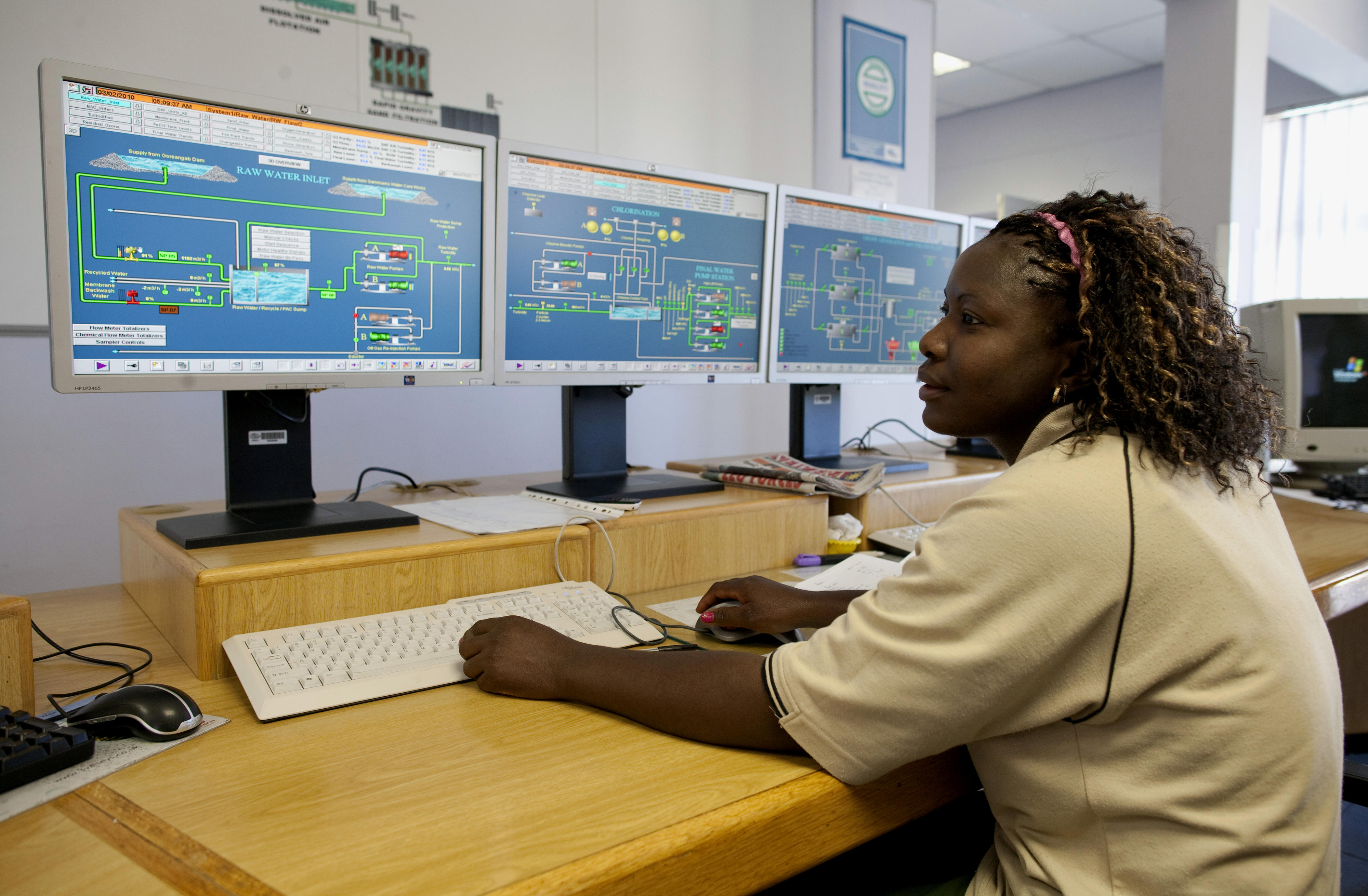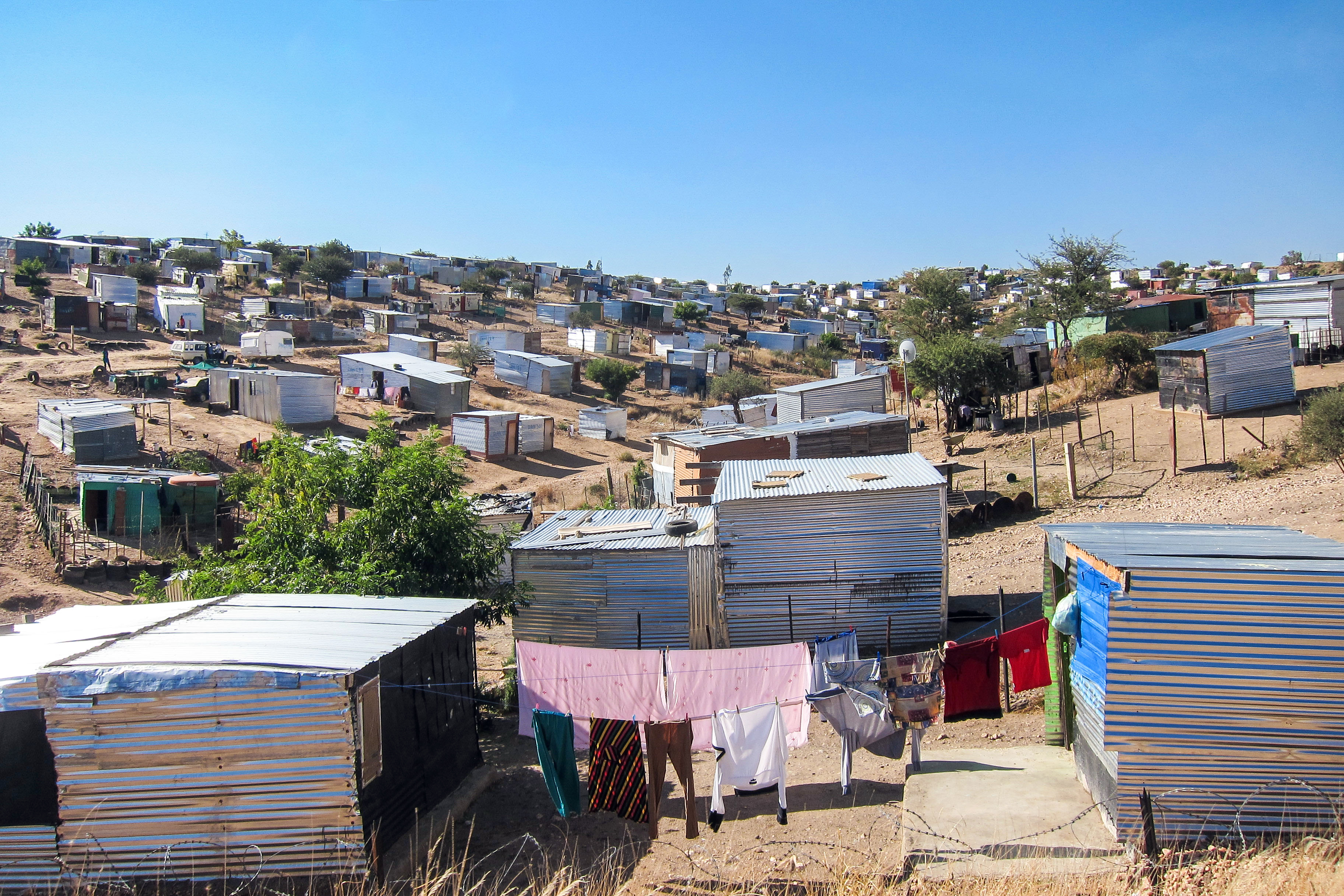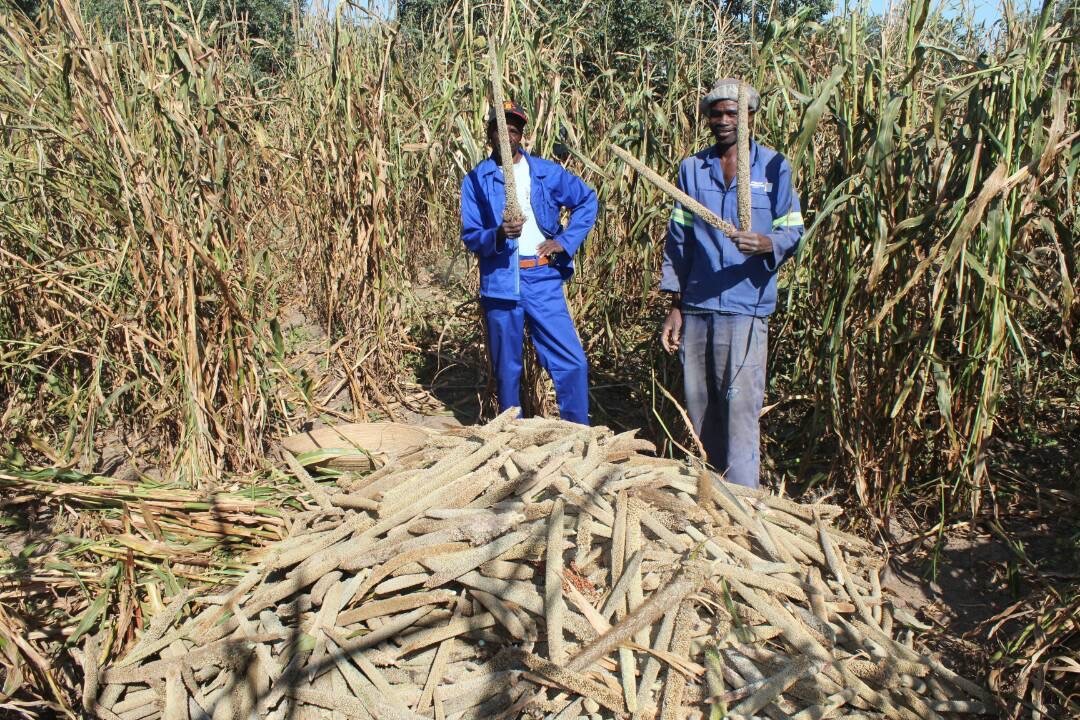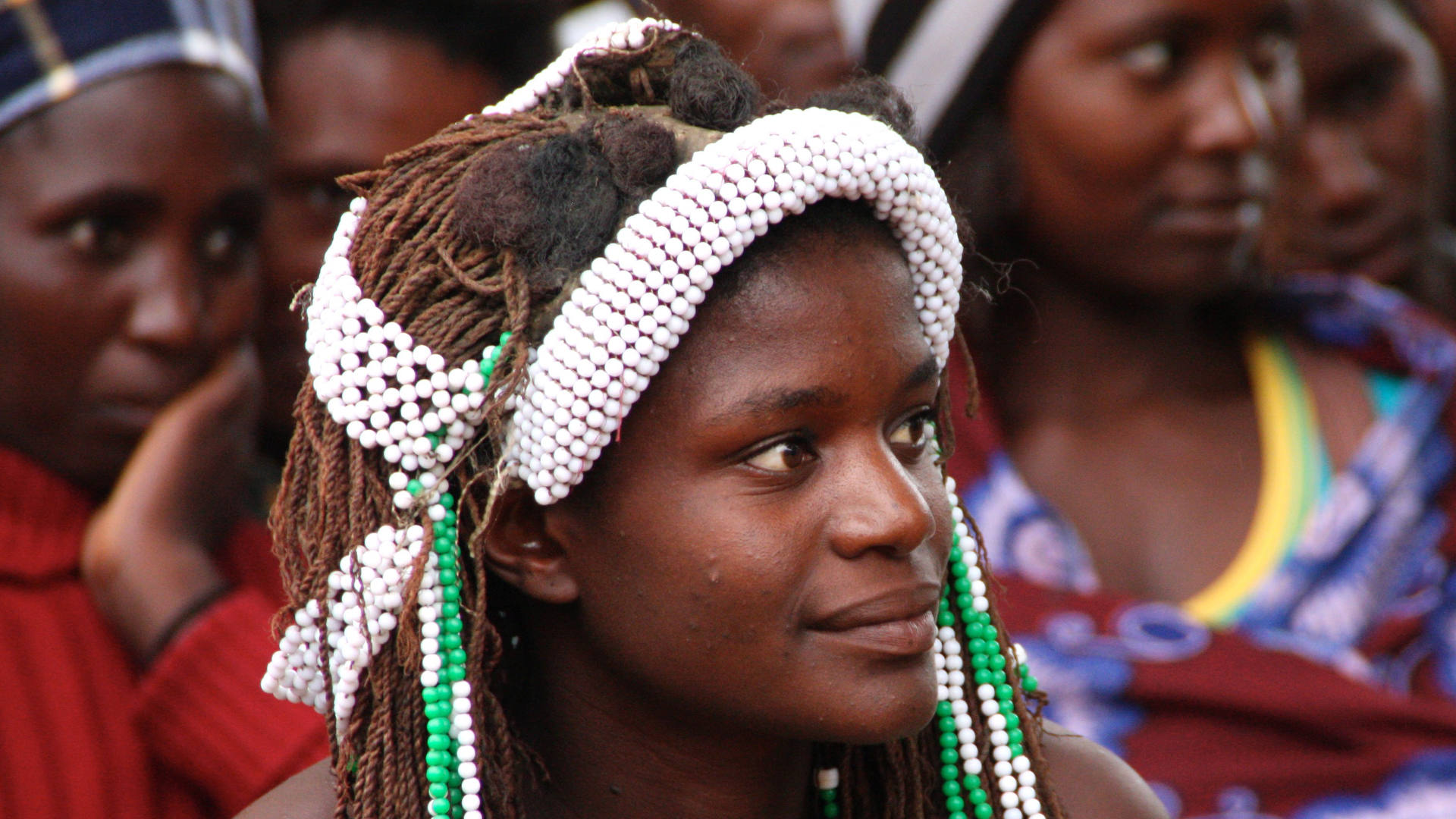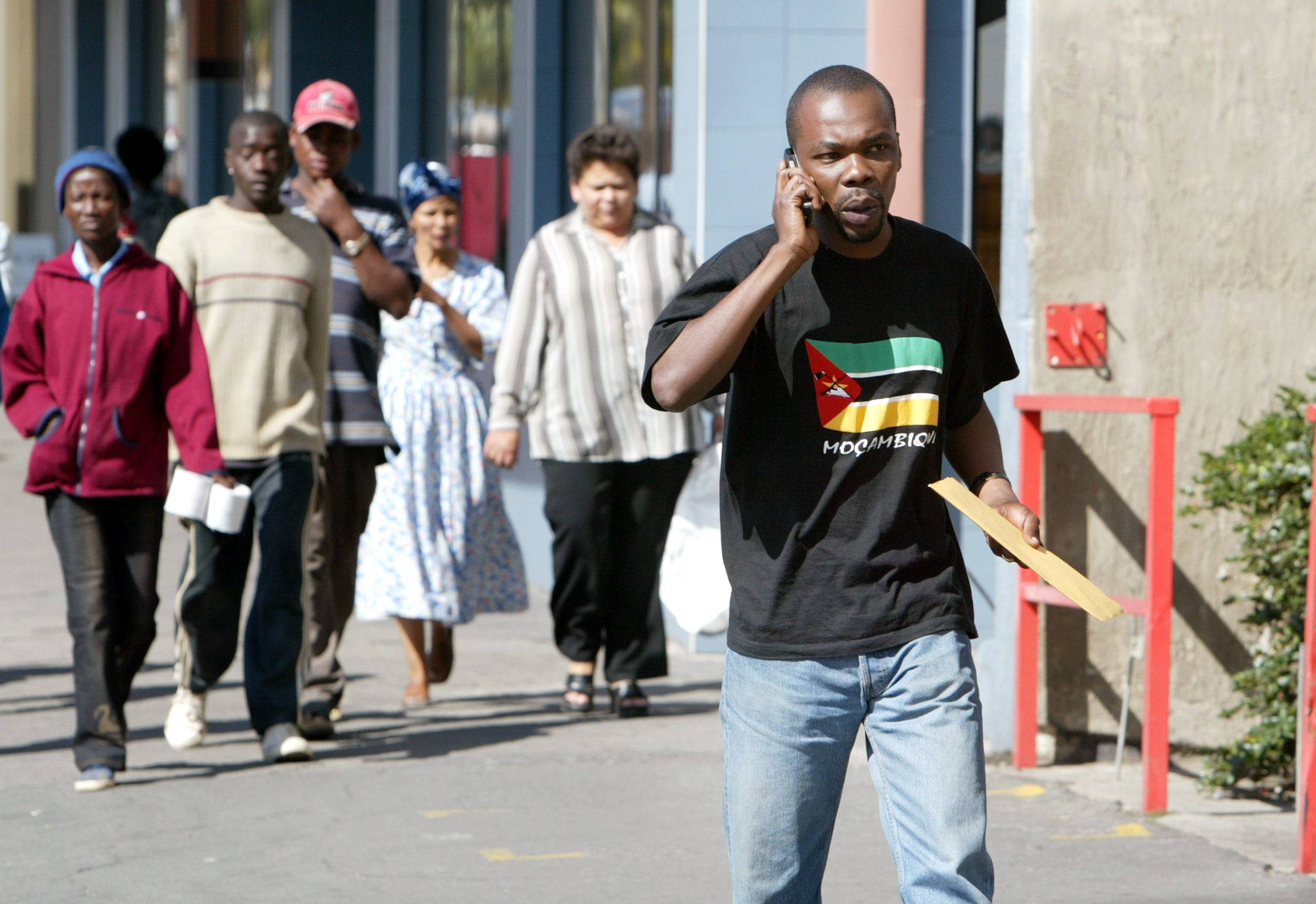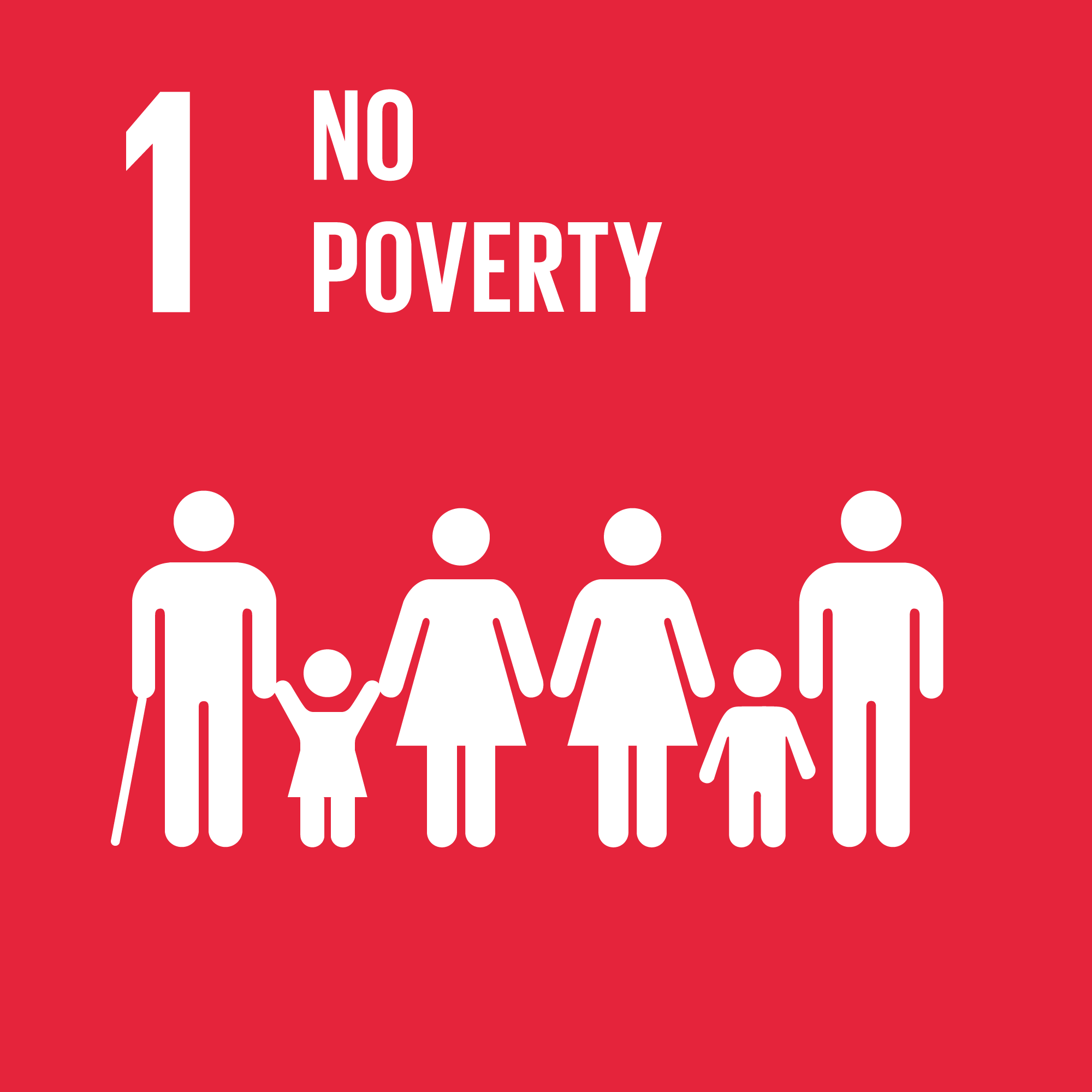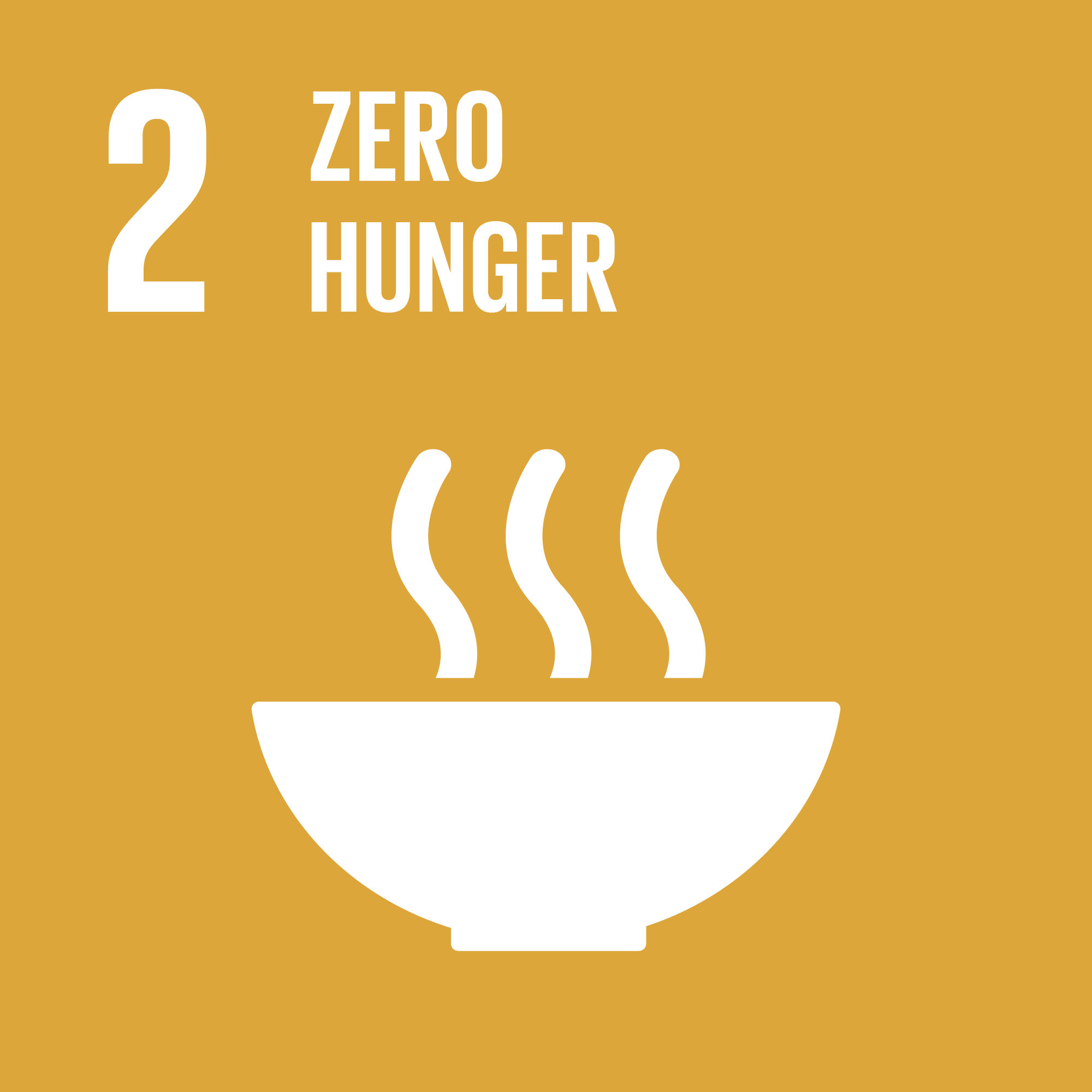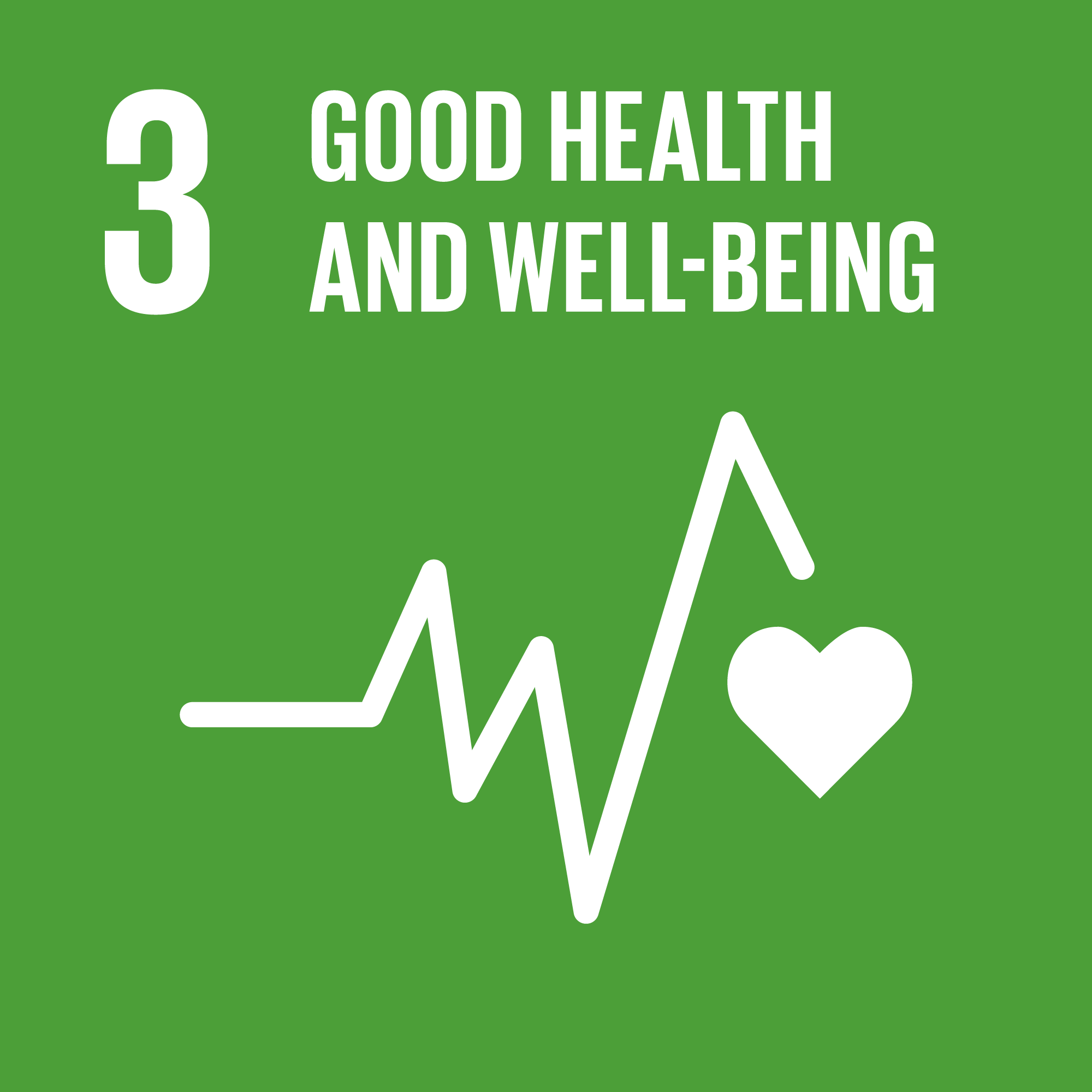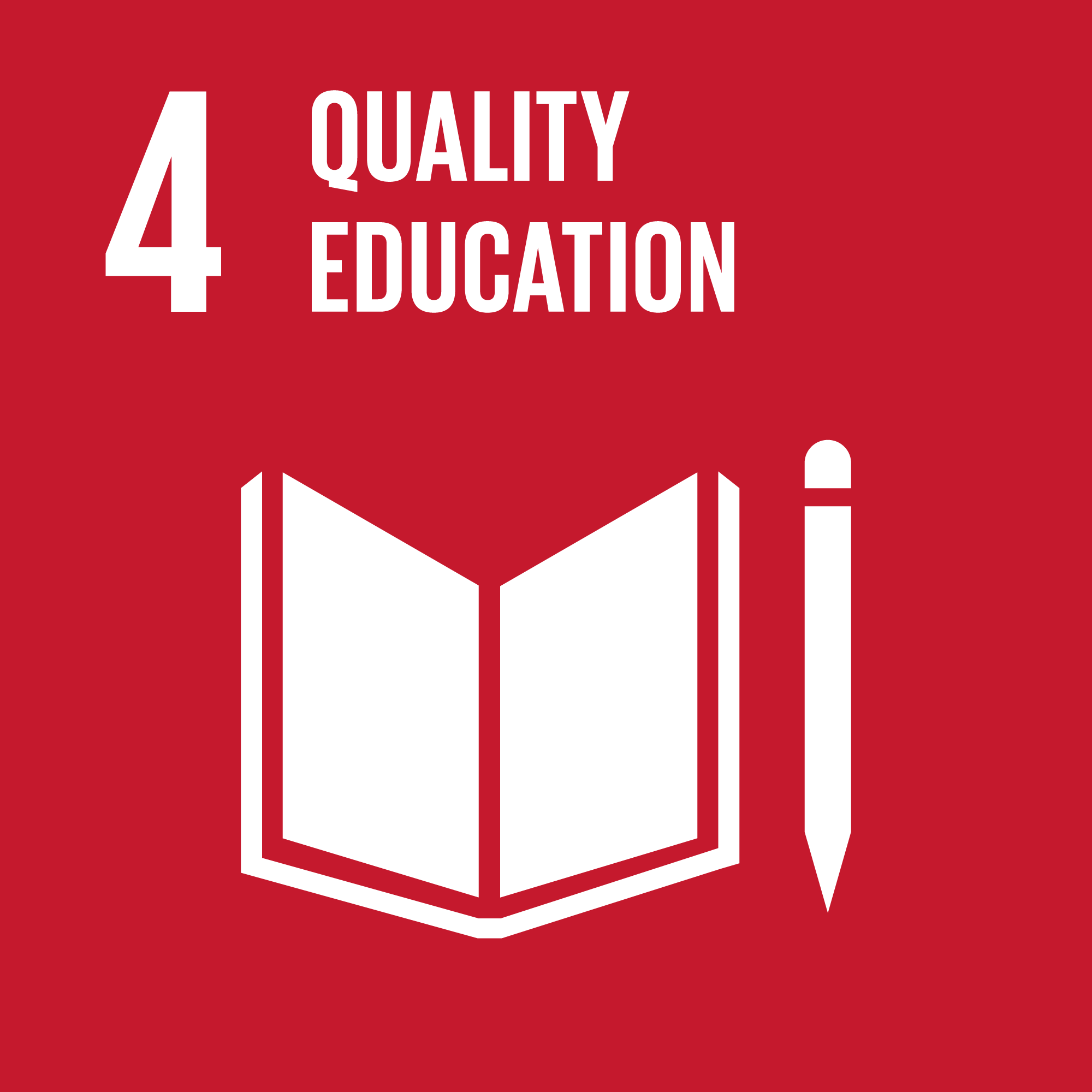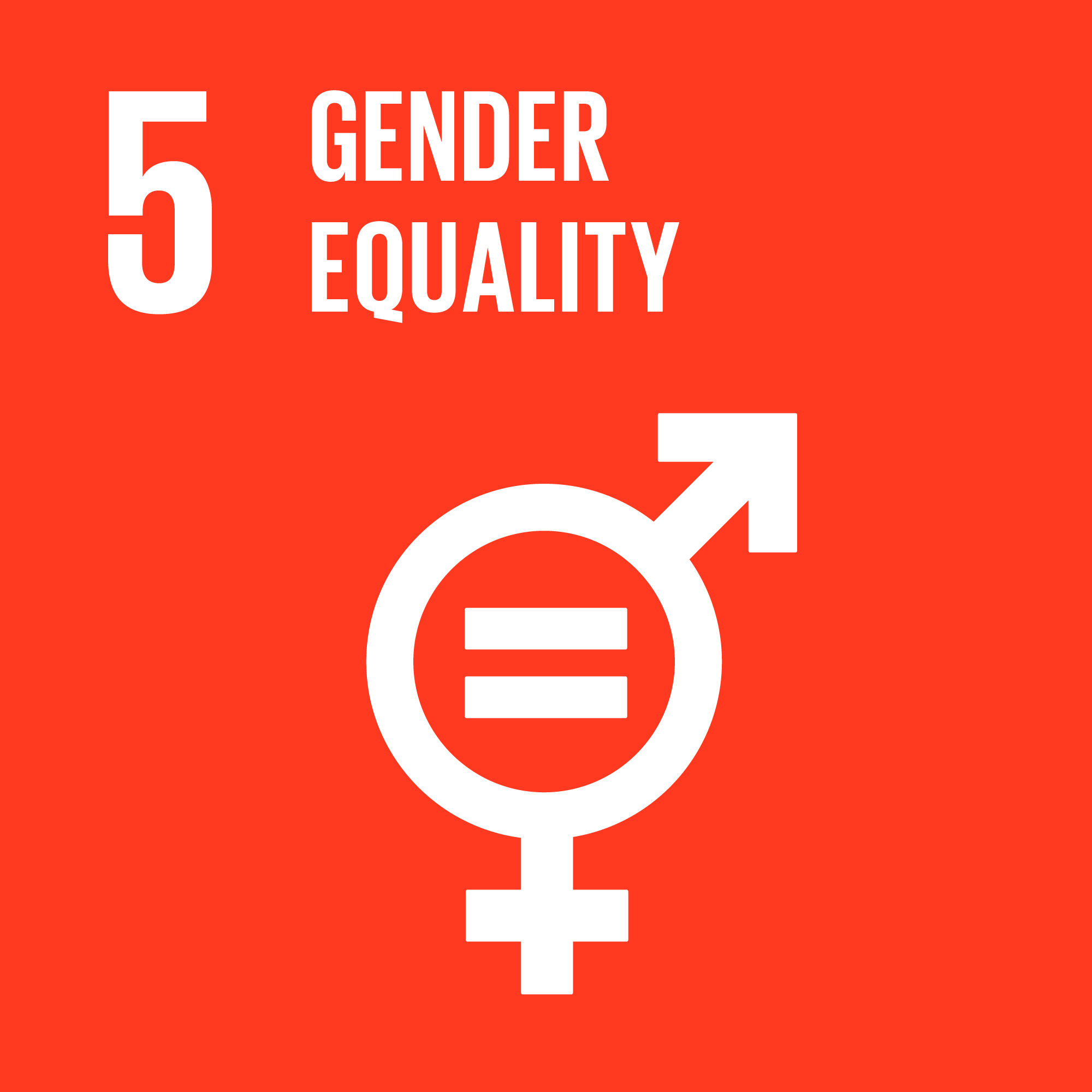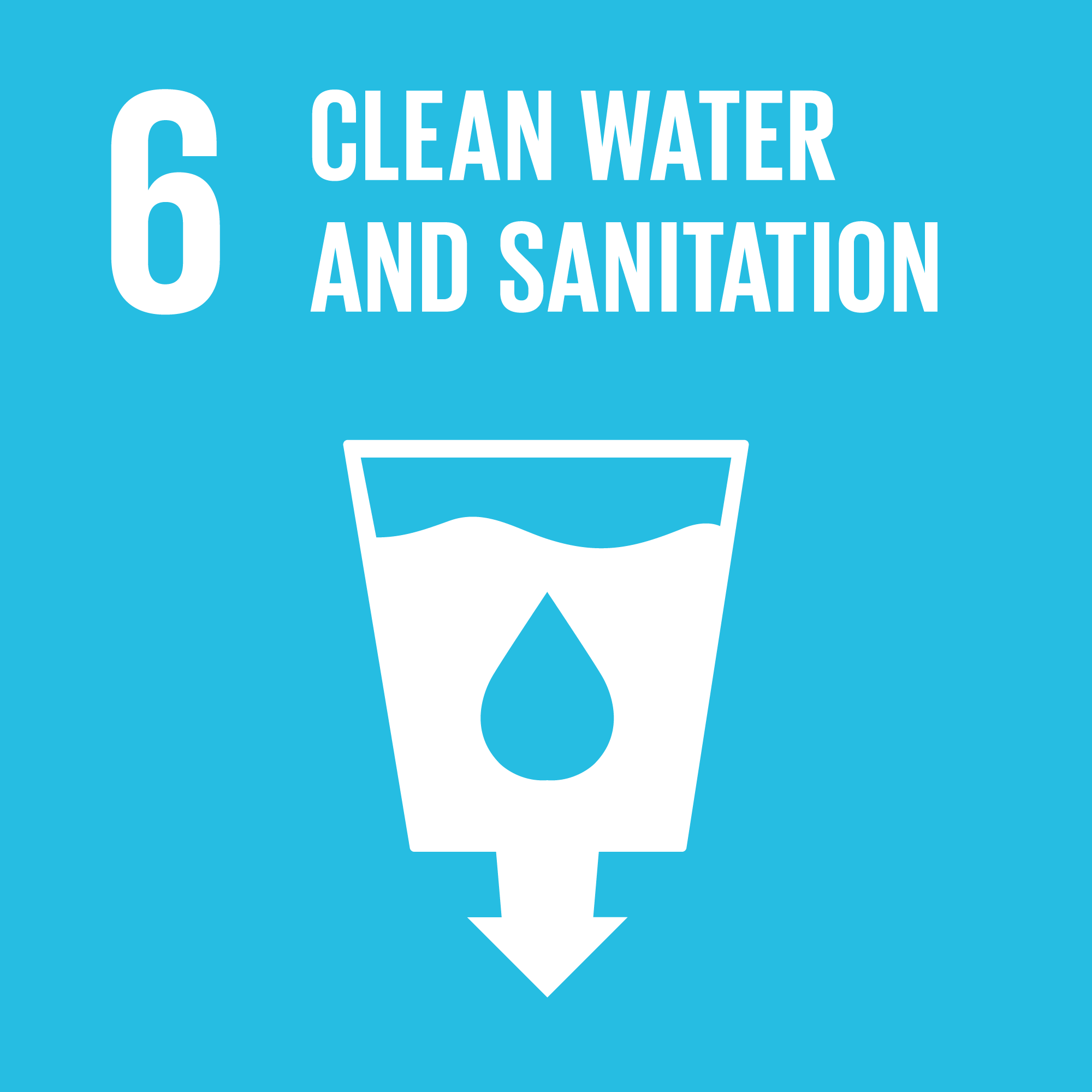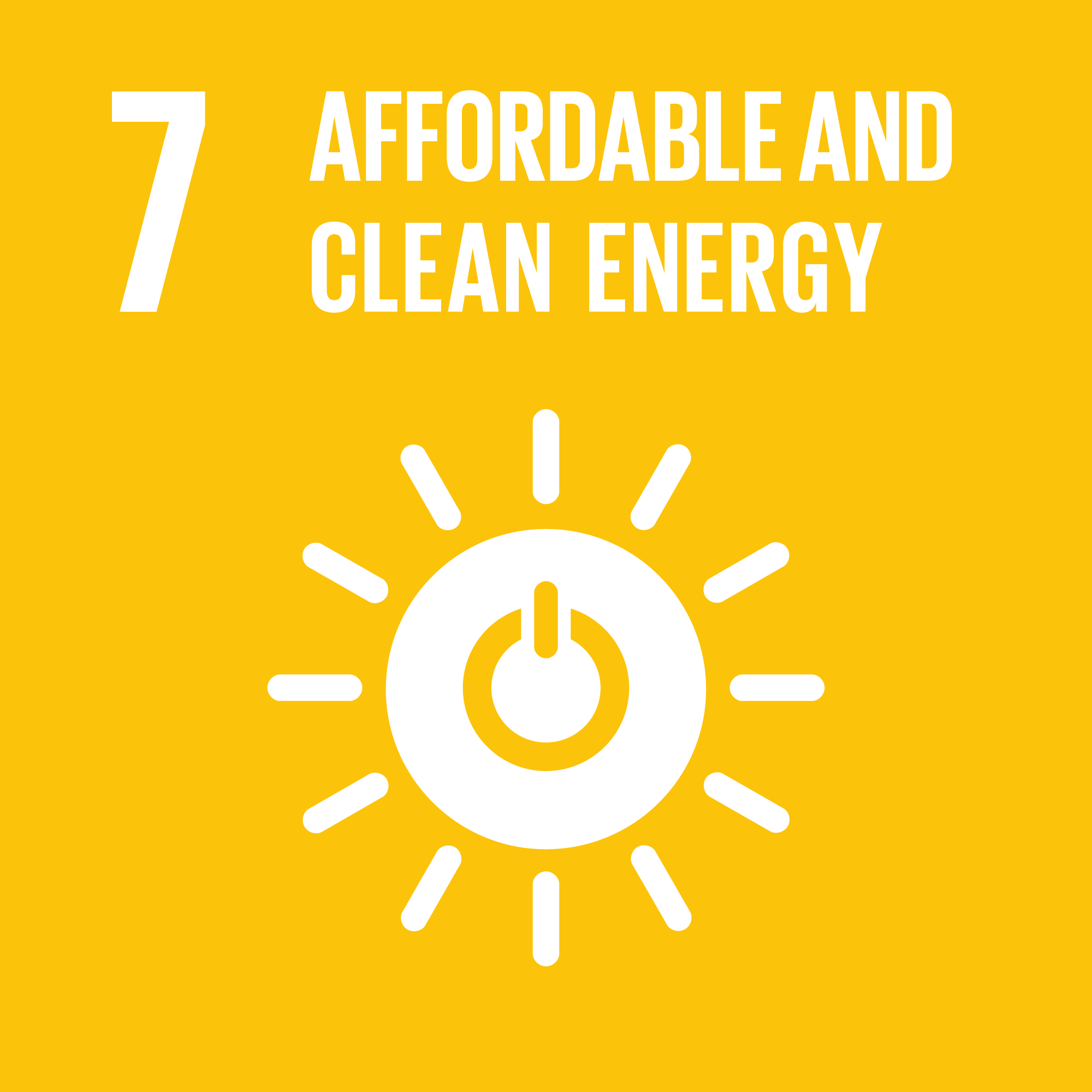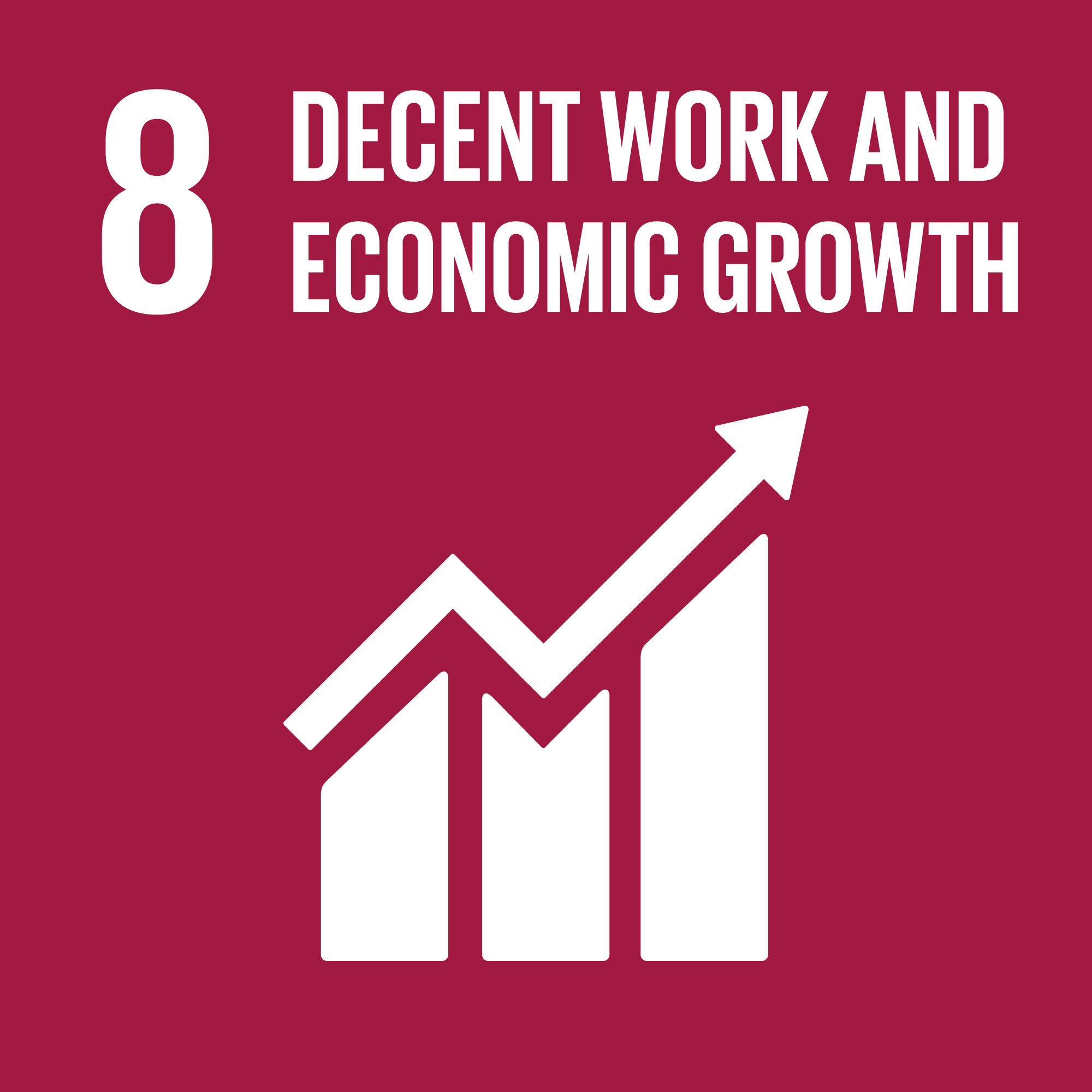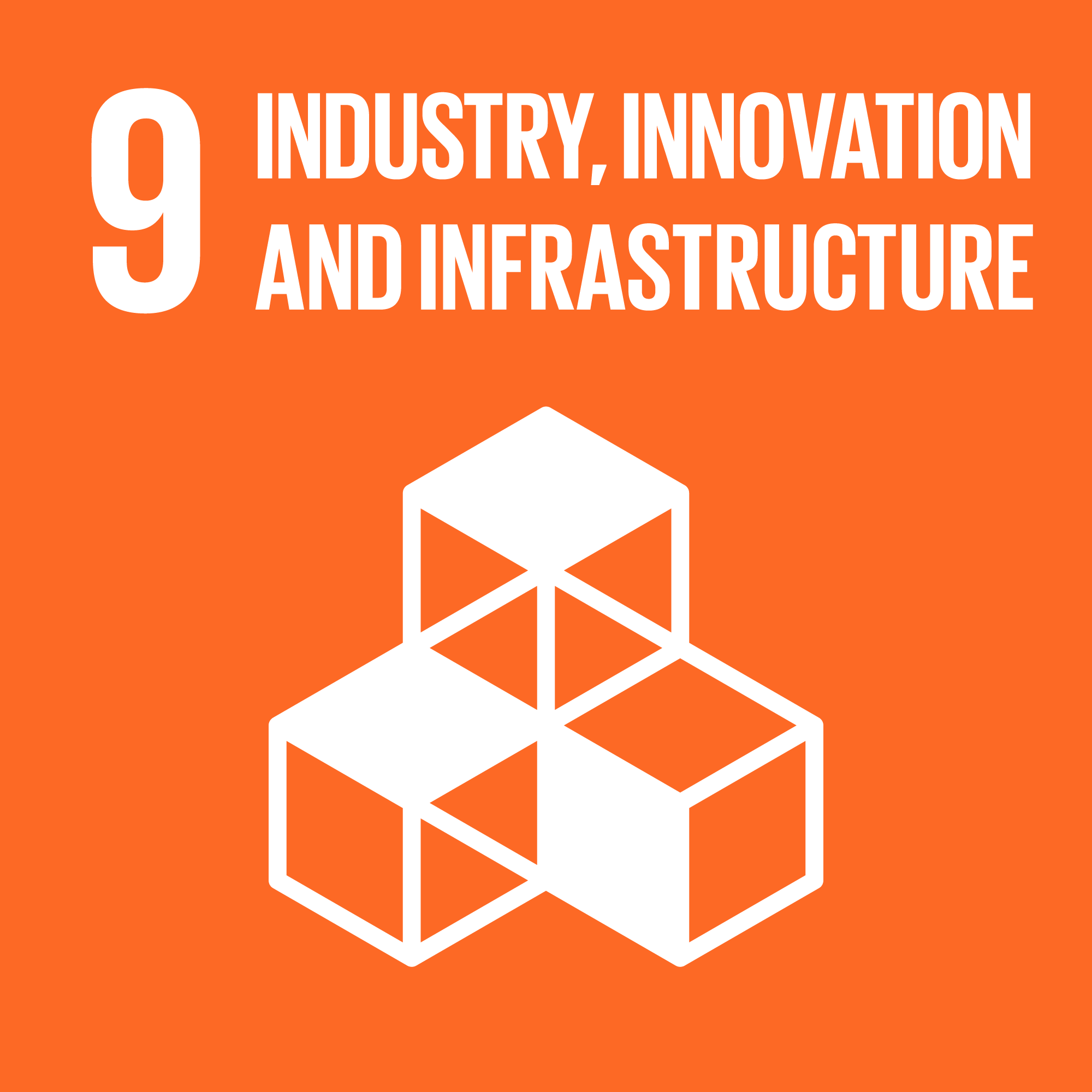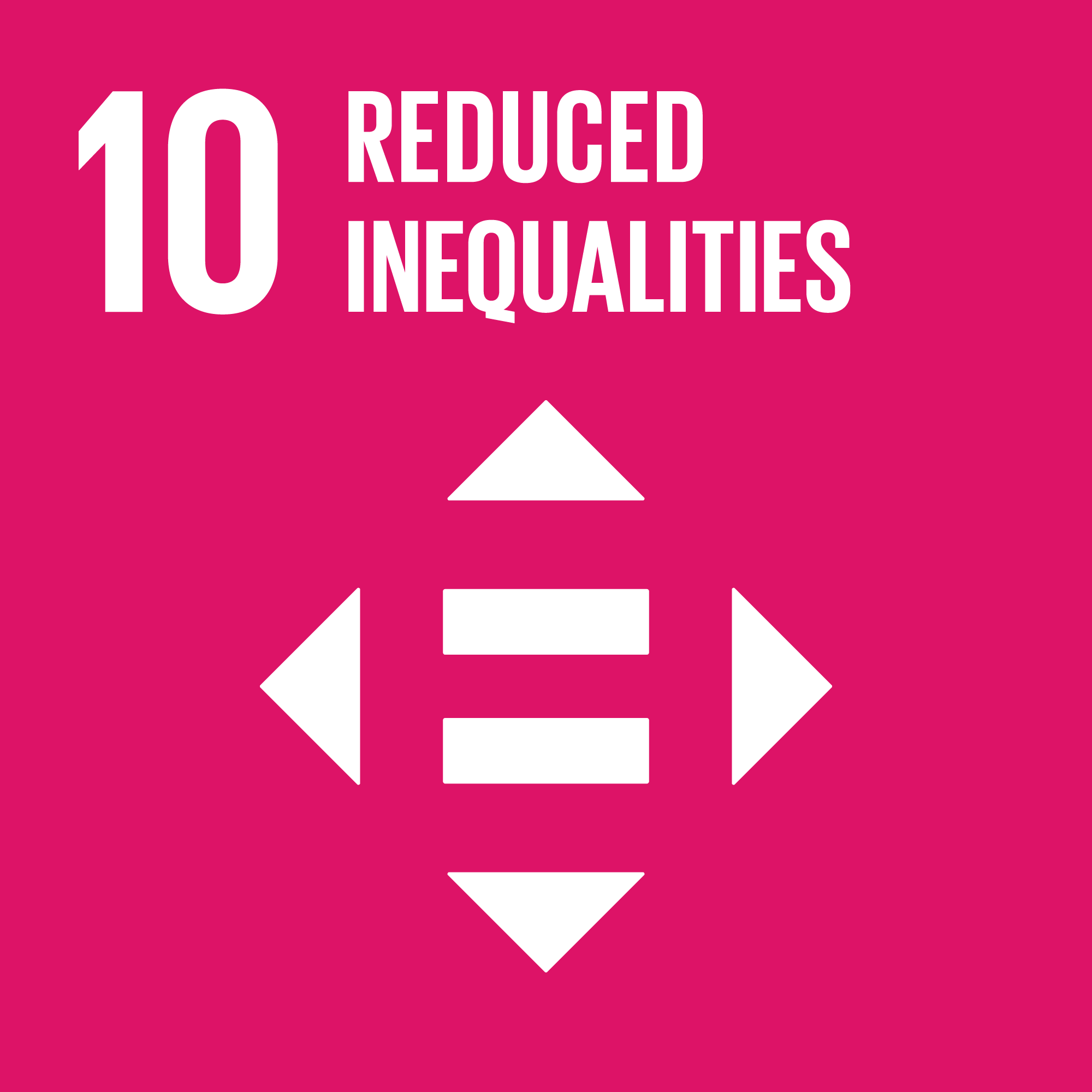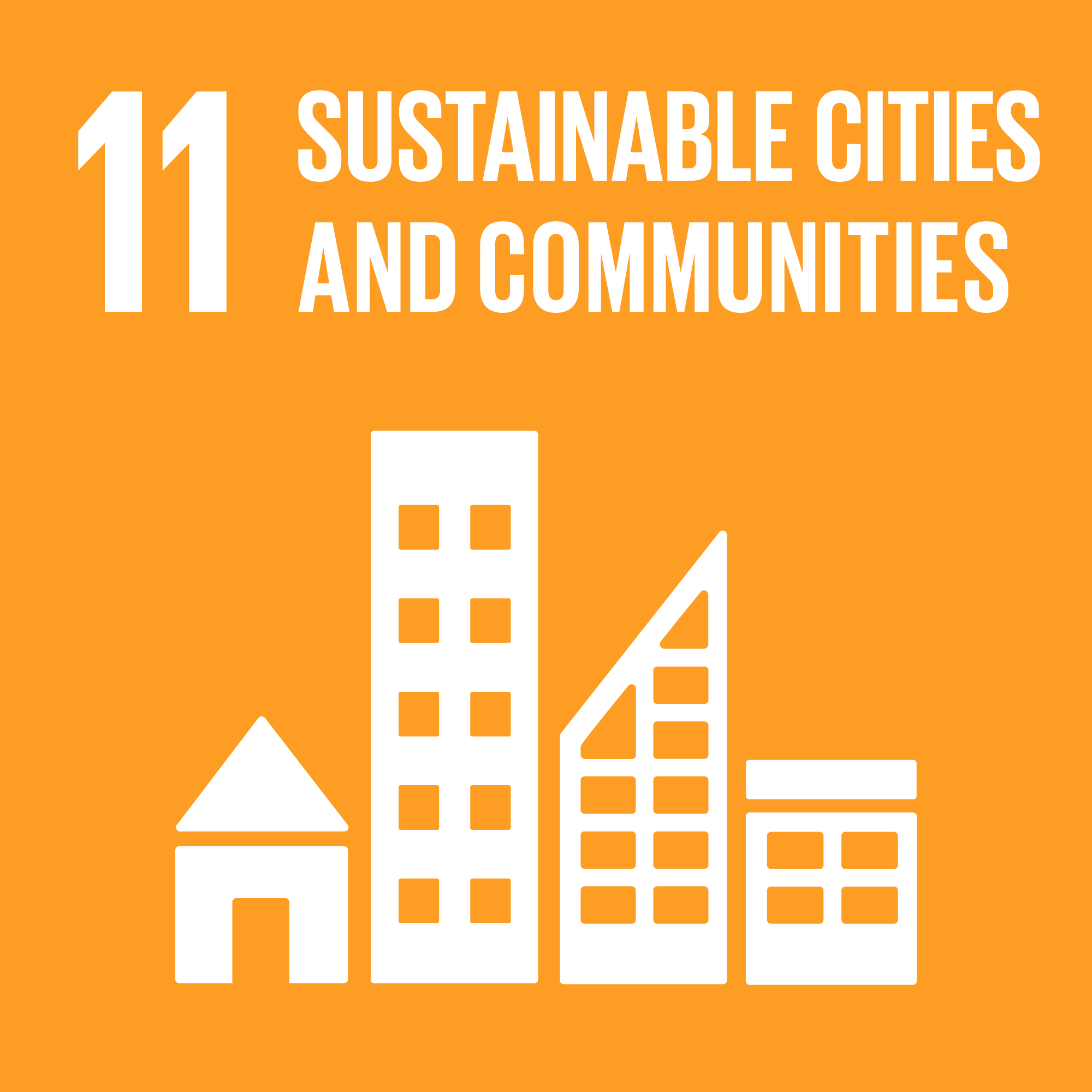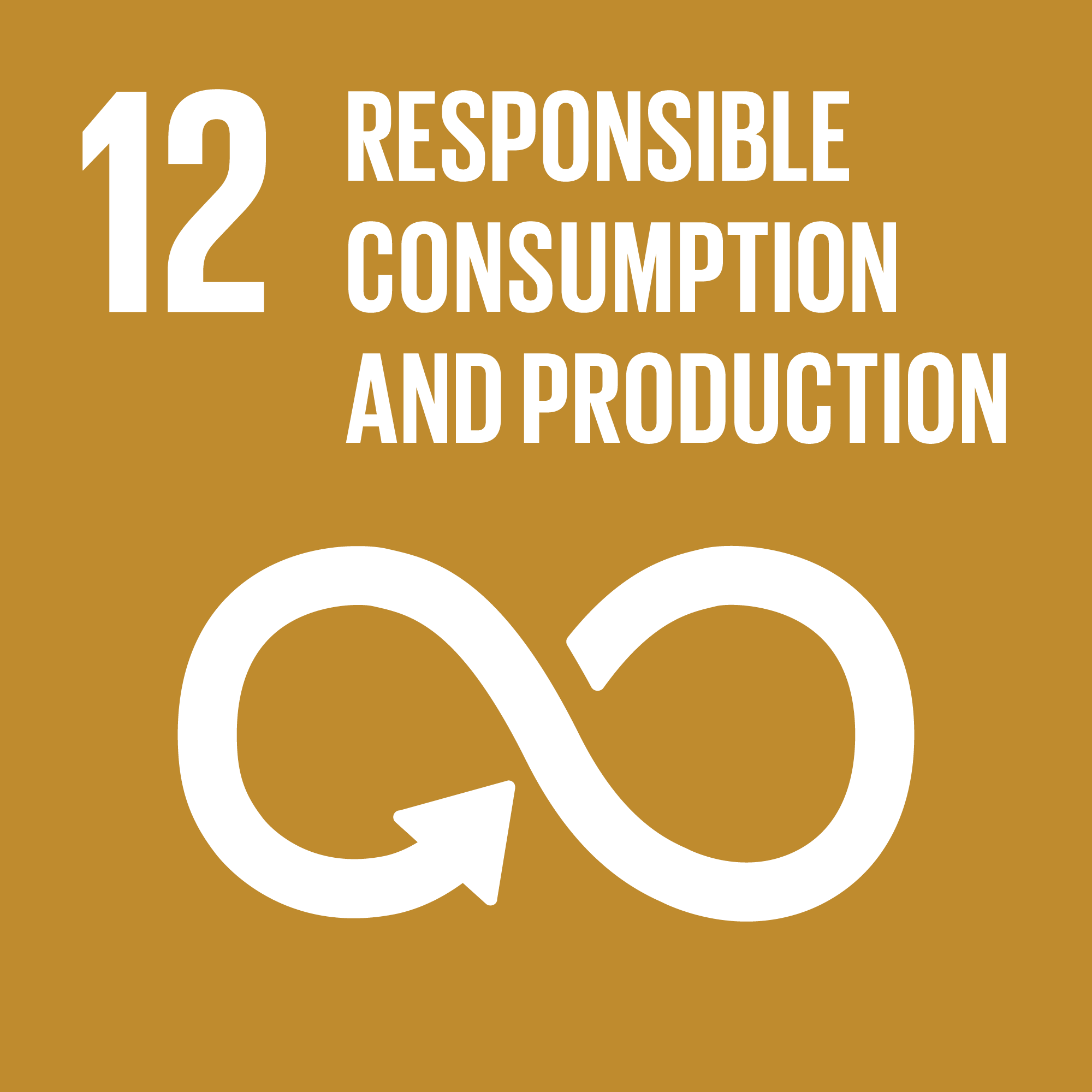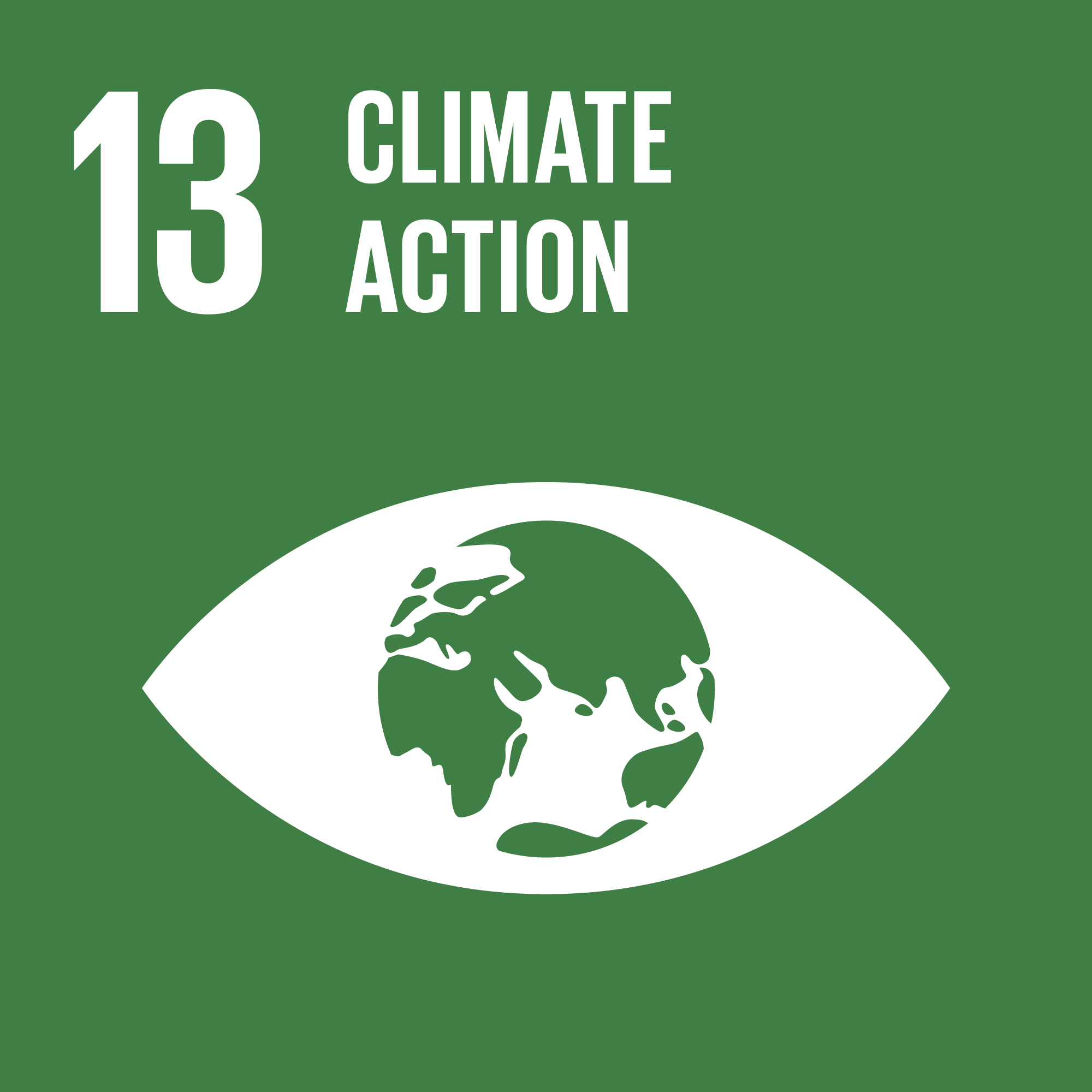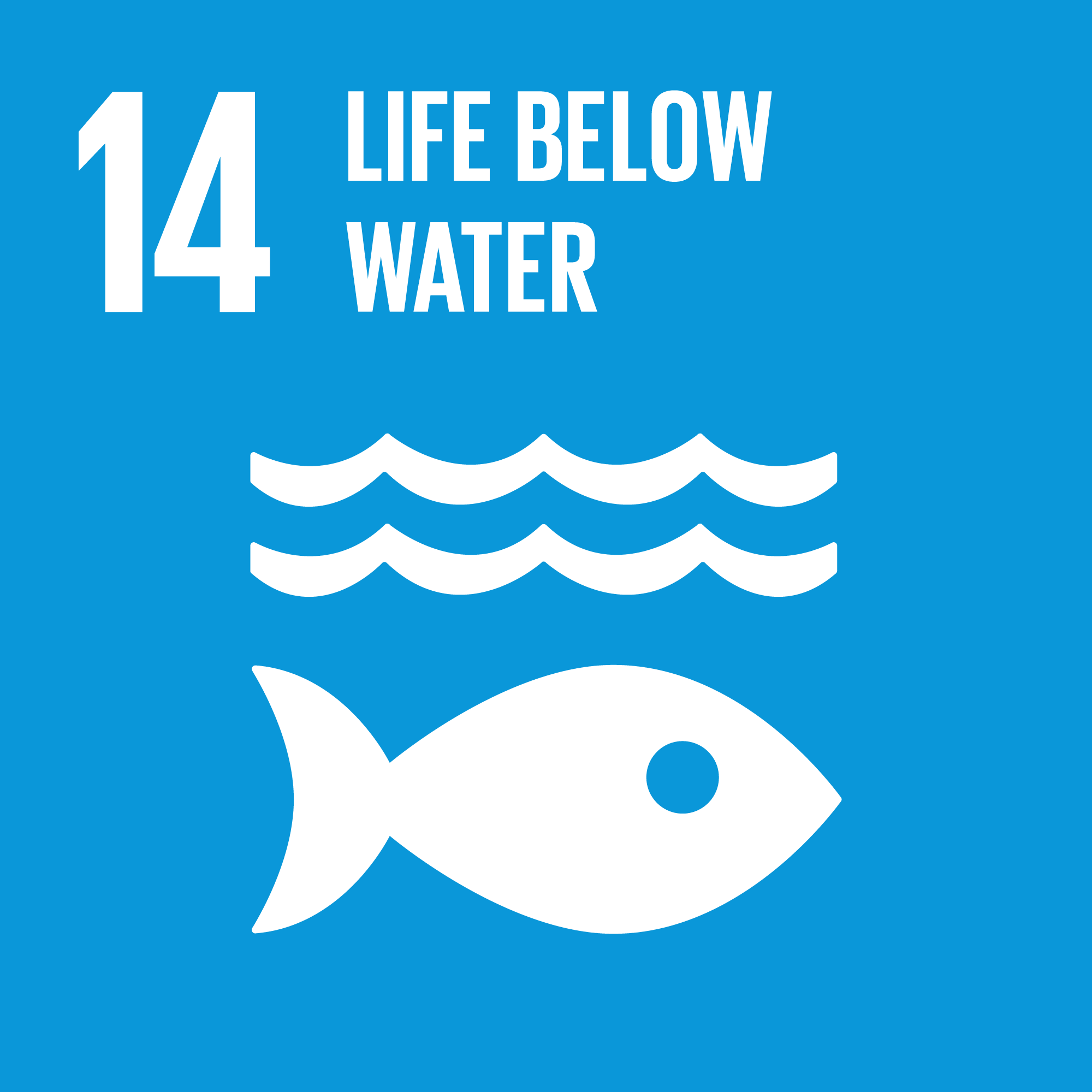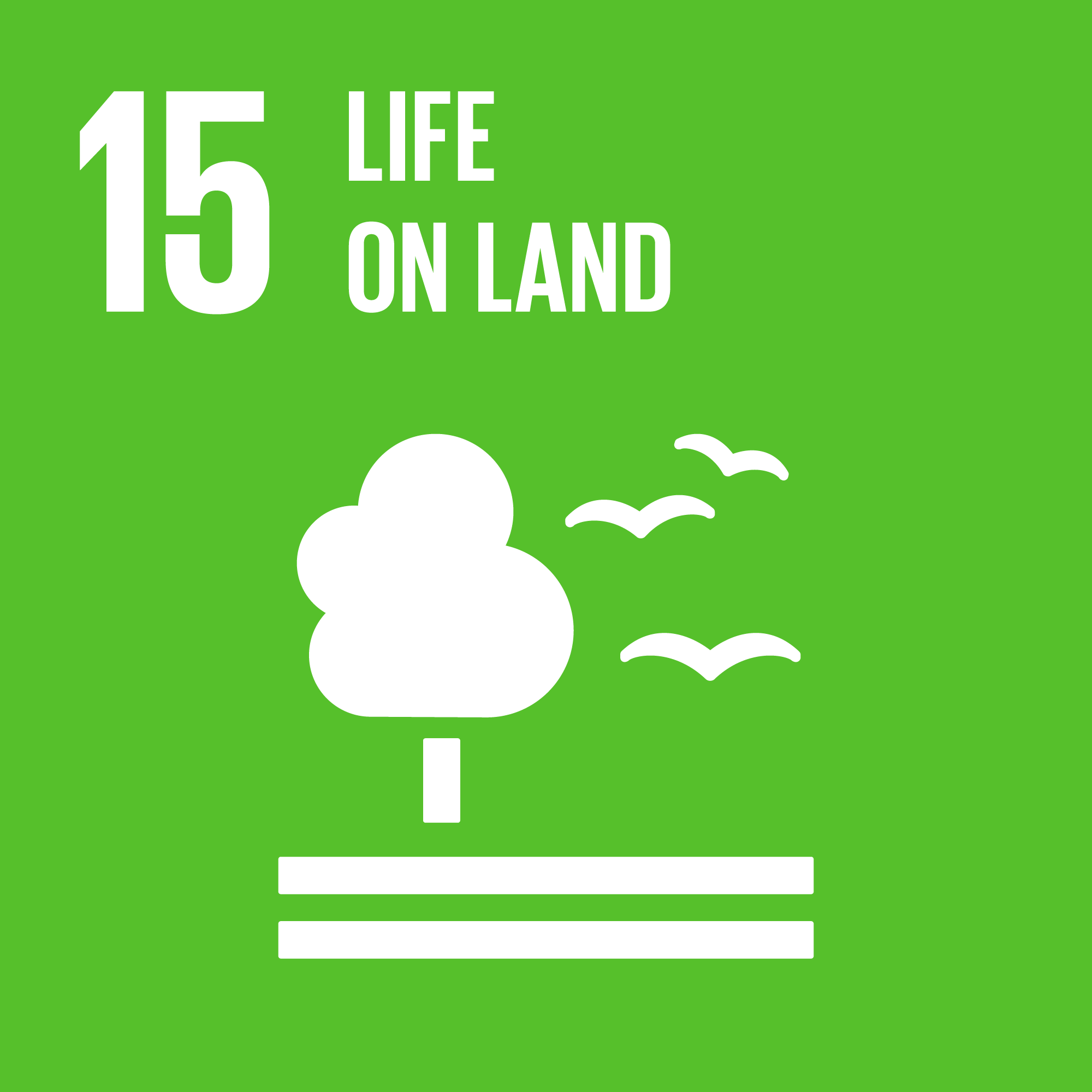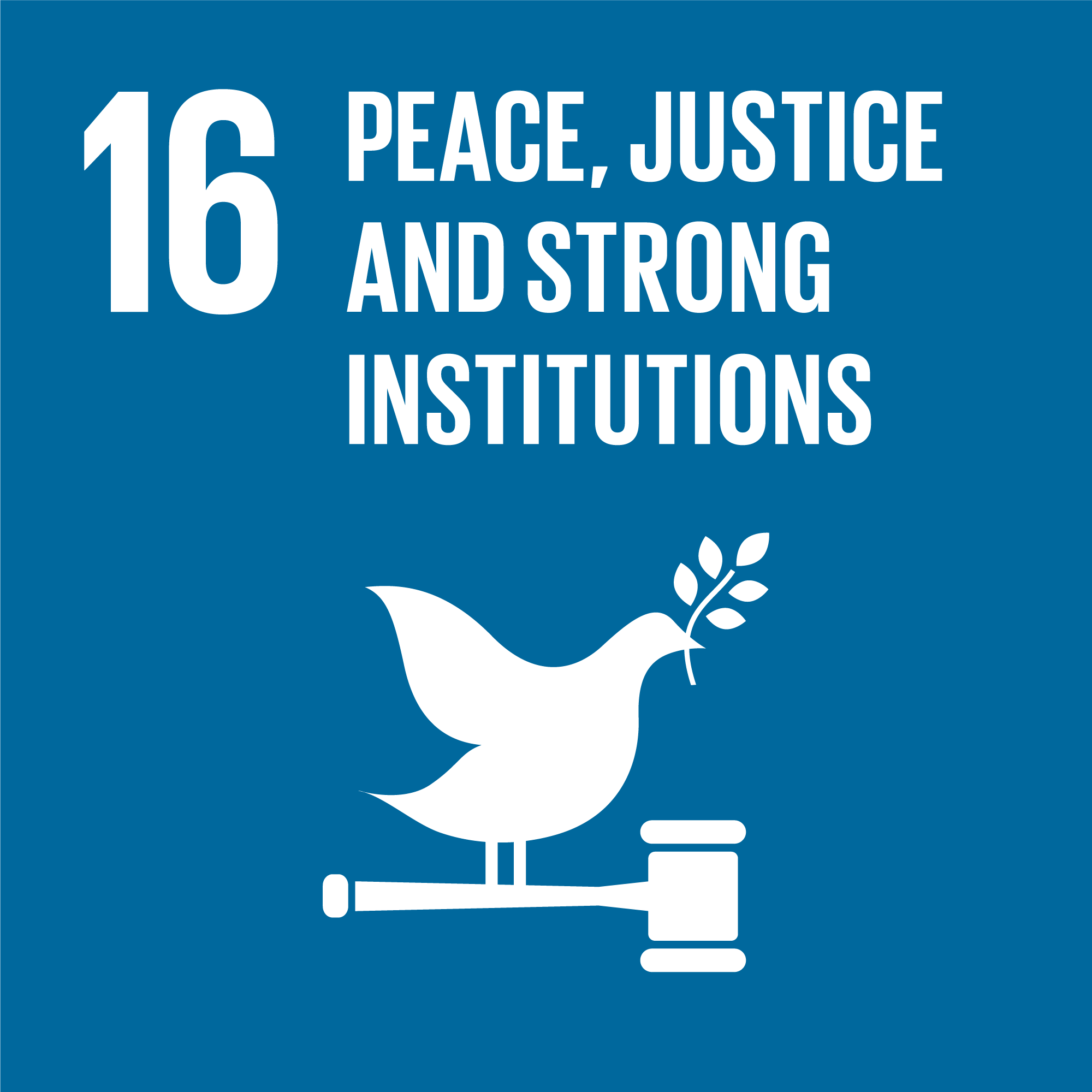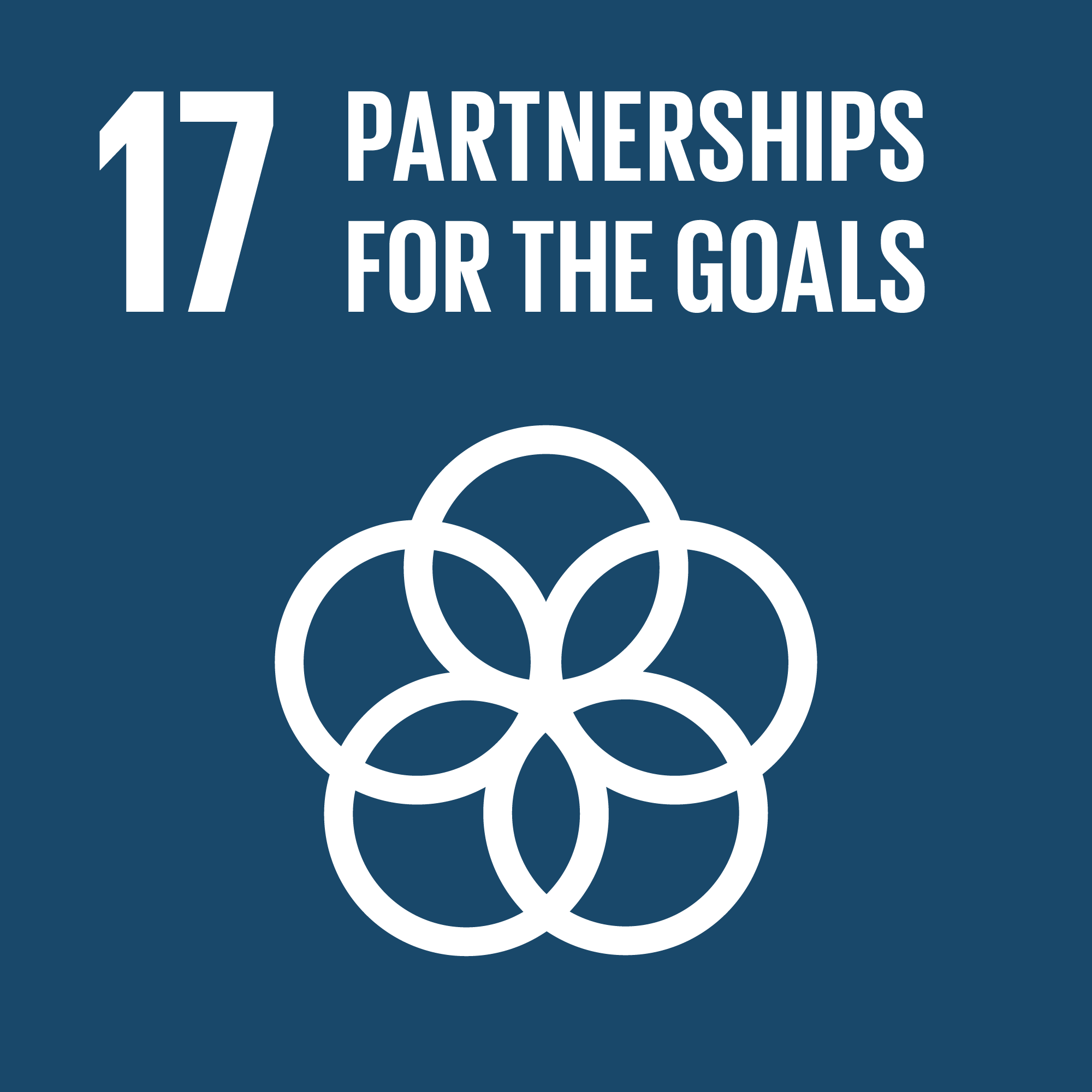Road sign in Namib desert
Copyright© James Whatley, via flickr, CC BY 2.0
Namibia
Namibia has a stable democratic political system. It is classified as a higher middle-income country by the World Bank. However, wealth distribution is among the most unequal in the world. Some sections of Namibia’s population enjoy a standard of living comparable to Europe, but over 40 per cent were suffering from multidimensional poverty even before the start of the COVID-19 crisis. This section of the population not only has a low income but also has limited access to education, healthcare and standards of living.
During the COVID-19 pandemic, Namibia was forced to introduce strict measures to contain the spread of the virus, which have had a huge social and economic impact. The economy temporarily collapsed, tourism – a key industry for Namibia – was largely suspended, and the number of people living in poverty rose dramatically. There has since been a slight recovery, but it will probably be several years before things return to their pre-pandemic state.
The current Human Development Index (HDI) ranks Namibia 136th out of 193 countries.
Shared history
For historical reasons, Namibia and Germany have a close and politically sensitive relationship. Namibia was a German colony from 1884 to 1915.
It was during this period that the Herero and Nama rose up against German colonial rule. The war that followed lasted from 1904 to 1908, during which, according to Namibia’s estimates, around 66,000 members of both peoples died. Many of the survivors were forced into compulsory labour or interned in camps. Members of many other ethnic groups were either driven off their land or forced to work on German farms.
In 2014, the German and Namibian governments agreed to begin a dialogue on reconciliation to investigate and address the atrocities. A draft of a joint political declaration was drawn up in May 2021, in which Germany would officially recognise the genocide against the Herero and Nama peoples and commit to supporting the country and the descendants of the victims through a 1.1 billion euro reconciliation and development programme. The declaration has yet to be signed by the two governments (as at April 2022).
Germany’s development cooperation with Namibia
The special relationship between Namibia and Germany is reflected in the scope of its development cooperation: Germany is currently the country’s biggest donor. The priority areas are closely aligned with the Namibian government’s development plans and strategies. The primary goal is to fight poverty and inequality.
During the government negotiations in June 2023, the Federal Ministry for Economic Cooperation and Development (BMZ) made a commitment of 51.5 million euros for bilateral development cooperation. This comprised 22 million euros in Financial Cooperation funding and 29.5 million euros in Technical Cooperation funding.
The focus of the cooperation is on the following core areas:
- Sustainable economic development, training and employment | Areas of intervention: technical and vocational education and training, private sector and financial sector development
- Climate and energy, just transition | Areas of intervention: Sustainable urban development, renewable energy and energy efficiency
- Conserving nature and natural resources, protecting life on Earth | Areas of intervention: biodiversity, water
Cooperation is also continuing in the area of good governance with the aim of implementing the 2030 Agenda.
SDG trends for Namibia
- On track or maintaining SDG achievement
- Moderately improving
- Stagnating
- Decreasing
- Trend information unavailable
